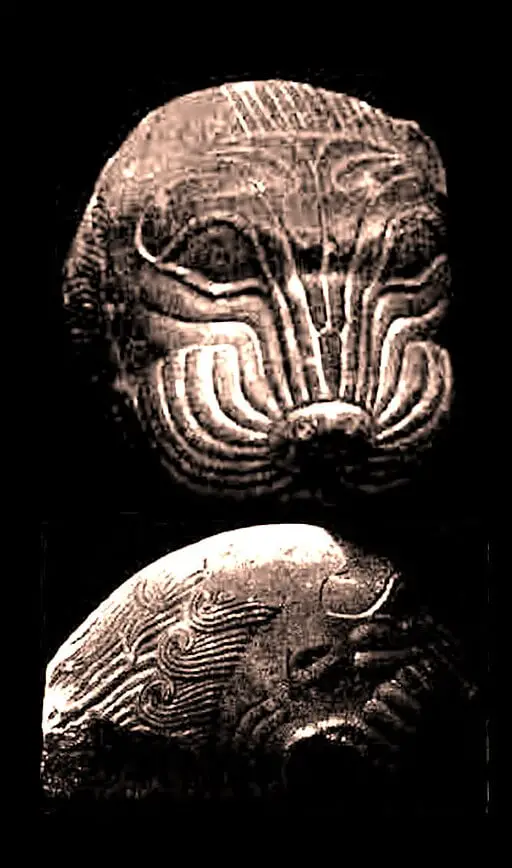Pataliputra was an ancient city in India that flourished from the 6th century BCE to the 6th century CE.
It was the capital of several powerful empires, including the Maurya and Gupta Empires, and was a major center of trade, learning, and culture.
The city was located on the banks of the Ganges River in what is now the state of Bihar. It was a strategic location that allowed it to control trade routes between north and south India. Pataliputra was also a center of learning and culture. It had a famous university that attracted scholars from all over India and abroad. The city was also known for its grand palaces and temples.
Pataliputra reached its peak of prosperity during the Mauryan Empire (322-185 BCE). The emperor Ashoka, who ruled from 268 to 232 BCE, made Pataliputra the center of his vast empire. Ashoka was a Buddhist emperor who promoted peace and non-violence. He sent missionaries to spread Buddhism throughout Asia. The city remained an important city after the fall of the Mauryan Empire. It was the capital of the Gupta Empire (320-550 CE), another golden age in Indian history. The Guptas were patrons of the arts and sciences. They made significant advances in mathematics, astronomy, and medicine.
The city gradually declined after the fall of the Gupta Empire. It was sacked by several invaders over the centuries. The city was eventually abandoned in the 6th century CE.
Today, the ruins of this city are located near the modern city of Patna, the capital of Bihar. Archaeological excavations have revealed the remains of the city’s walls, palaces, and temples. Pataliputra is a reminder of India’s rich history and culture.
Image credit
Patna museum, Public domain, via Wikimedia Commons

